 El panel del 8vo reporte JNC 2014, recomendó una meta terapéutica de presión arterial sistólica de < 150 mm Hg para pacientes mayores de 60 años, un abandono de la recomendación previa de < 140 mm Hg.
El panel del 8vo reporte JNC 2014, recomendó una meta terapéutica de presión arterial sistólica de < 150 mm Hg para pacientes mayores de 60 años, un abandono de la recomendación previa de < 140 mm Hg.
El estudio evaluó la eficacia y seguridad de las estrategias de disminución intensivas de la presión arterial en pacientes hipertensos adultos mayores (edad ≥ 65 años). Ver más….
 El ensayo SPRINT: Systolic Blood Pressure Intervention Trial (ClinicalTrials.gov, NCT01206062), fue detenido tempranamente debido a la significativa reducción del riesgo cardiovascular en los participantes aleatorizados para una meta de presión arterial sistólica de 120 mm Hg (intensivo) y aquellos aleatorizados para 140 mm Hg (estándar). Los resultados beneficiosos fueron identificados en sujetos con edades de 75 y más años asignados al brazo intensivo – 34 % más bajos que en el brazo estándar, además una disminución del 33% de todas las causas de muerte en 3.14 años de seguimiento. Ver más….
El ensayo SPRINT: Systolic Blood Pressure Intervention Trial (ClinicalTrials.gov, NCT01206062), fue detenido tempranamente debido a la significativa reducción del riesgo cardiovascular en los participantes aleatorizados para una meta de presión arterial sistólica de 120 mm Hg (intensivo) y aquellos aleatorizados para 140 mm Hg (estándar). Los resultados beneficiosos fueron identificados en sujetos con edades de 75 y más años asignados al brazo intensivo – 34 % más bajos que en el brazo estándar, además una disminución del 33% de todas las causas de muerte en 3.14 años de seguimiento. Ver más….
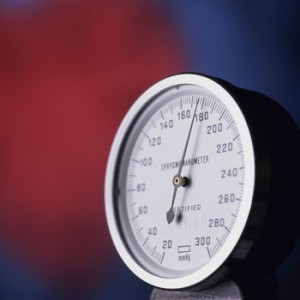 Establecer metas para la presión arterial no es una ciencia exacta. Algunas metas tienen generalmente su base en resultados de ensayos clínicos que típicamente tienen diferencias en aspectos tan importantes como: edades de los participantes, criterios de inclusión y exclusión, presencia o ausencia de enfermedades concomitantes, severidad de la hipertensión, regímenes de tratamiento y metas de tratamiento. Además, algunos ensayos previos han sido diseñados para comparar los efectos de bajar la tensión arterial para diferentes metas. Ver más….
Establecer metas para la presión arterial no es una ciencia exacta. Algunas metas tienen generalmente su base en resultados de ensayos clínicos que típicamente tienen diferencias en aspectos tan importantes como: edades de los participantes, criterios de inclusión y exclusión, presencia o ausencia de enfermedades concomitantes, severidad de la hipertensión, regímenes de tratamiento y metas de tratamiento. Además, algunos ensayos previos han sido diseñados para comparar los efectos de bajar la tensión arterial para diferentes metas. Ver más….
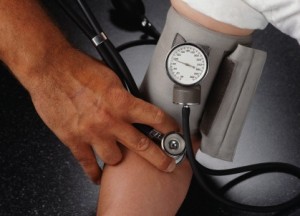 Antecedentes Las metas de tratamiento para una Tensión Sistólica optima fueron cuestionadas con el estudio SPRINT (Systolic Blood Pressure Intervention Trial) al sugerir que un beneficio con 120 mm Hg. Sin embargo lograr una Tensión Arterial Sistólica tan baja pudiera reducir la TAD a niveles que podrían comprometer la perfusión miocárdica.
Antecedentes Las metas de tratamiento para una Tensión Sistólica optima fueron cuestionadas con el estudio SPRINT (Systolic Blood Pressure Intervention Trial) al sugerir que un beneficio con 120 mm Hg. Sin embargo lograr una Tensión Arterial Sistólica tan baja pudiera reducir la TAD a niveles que podrían comprometer la perfusión miocárdica.
Objetivos Este estudio busca examinar la asociación independiente de la TAD con el daño miocárdico (usando la troponina T cardiaca hipersensitiva [hs-cTnT]) y con la Enfermedad coronaria, el Ictus o la muerte pasados los 21 años.



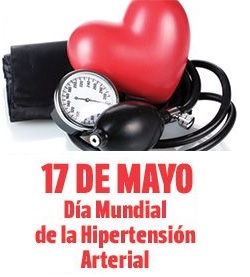
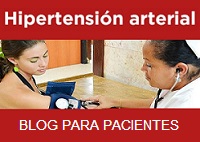


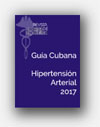
![Glosario: hipertensión [Hipertensión arterial en la atención primaria de salud. 2009]](http://temas.sld.cu/hipertension/files/2016/04/Glosario-e1541006177950.jpg)
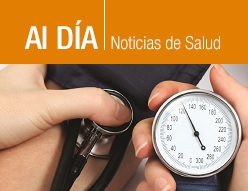
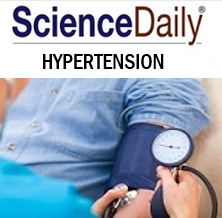

Comentarios recientes